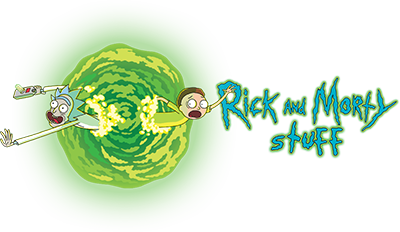Rumpelstiltskin’s Duality: Villain, Hero, or Something In Between?
The character of Rumpelstiltskin has long been a fascinating figure in folklore, embodying complexity that positions him as both a villain and a hero depending on the interpretation. This duality has been vividly explored in various adaptations, most notably in the hit television series “Once Upon a Time.” Within this realm, Rumpelstiltskin is portrayed not just as a villain preying upon others’ desires for wealth and power but also as a deeply flawed individual driven by a tumultuous past and a desperate wish for redemption. The dynamic nature of his character invites audiences to question the nature of good and evil, a theme that reflects in the popular merchandise associated with the series as well.
The Villainous Facade
Rumpelstiltskin is initially introduced as a manipulative creature who uses his powers to turn straw into gold, ultimately leveraging this gift to control and exploit others. His cunning strategies lead many desperate characters into great peril, often causing them to betray their own morals. This portrayal fits the archetypal mold of a villain, instilling fear and servitude in those around him. Within “Once Upon a Time,” Rumpelstiltskin’s actions depict the quintessential traits of self-interest and greed, reflecting the darker aspects of his personality. However, in literature and folklore, villains are often a product of their environments, showcasing that their dark path can stem from circumstances rather than innate evil.
The Hero in Hiding
Digging deeper, Rumpelstiltskin’s backstory reveals layers of vulnerability and pain that shed light on his motivations. The character’s history, marred by abandonment and betrayal, creates a relatable figure who struggles with his identity. As “Once Upon a Time” unfolds, we see glimpses of his yearning for acceptance and connection, showcasing the road that turned a once well-meaning man into a dark sorcerer. His relationships, notably with Belle, introduce elements of love, sacrifice, and redemption. This portrayal blurs the lines between villainy and heroism, suggesting that even a character steeped in darkness can aspire to create light through his actions, making strides toward atonement. This internal conflict resonates with viewers, proving that heroes can sometimes emerge from the most unlikely of characters.
The Merchandise Connection
The appeal of Rumpelstiltskin’s complex character has translated seamlessly into the realm of “Once Upon a Time Merchandise.” Fans of the show cherish collectibles like action figures, T-shirts, and posters depicting this intriguing figure, which serve to celebrate the duality within him. They represent a recognition of the flaws that make him relatable. Additionally, merchandise that features quotes from the character often references themes of love, redemption, and the struggle against one’s darker inclinations, further emphasizing the notion that the most compelling tales resonate on multiple levels. This merchandise not only captures the essence of the show but also acts as a conversation starter about morality and the shades of gray that exist within every character, regardless of how they are branded.
Conclusion: Redemption and Transformation
In the end, Rumpelstiltskin stands as a testament to the idea that villains are not solely evil but are often shaped by their circumstances, choices, and the desire for acceptance. This complexity allows viewers and fans to grapple with their own understandings of morality, drawing them further into the rich narrative of “Once Upon a Time.” The character’s duality challenges us to look beyond the surface and recognize that both heroism and villainy often coexist within the same soul. As fans continue to share their love for Rumpelstiltskin through “Once Upon a Time merchandise,” they celebrate not just a character, but the multifaceted stories that remind us of our own struggles against darkness and the fight for light.

